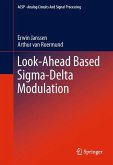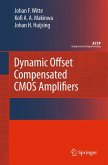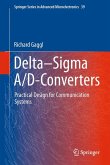- Quality indicators: provide a means to quantify system quality.
- Accuracy: introduction of new Sigma Delta Modulator architectures.
- Robustness: a significant extension on clock jitter theory based on phase and error amplitude error models. Extension of the theory describing aliasing in Sigma Delta converters for different types of DACs in the feedback loop.
- Flexibility: introduction of a Sigma Delta converter bandwidth scaling theory leading to very flexible Sigma Delta converters.
- Efficiency: introduction of new Figure-of-Merits which better reflect performance-power trade-offs.
- Emission: analysis of Sigma Delta modulators on emission is not part of the book
The quality indicators also reveal that, to exploit nowadays advanced IC technologies, things should be done as much as possible digital up to a limit where system optimization allows reducing system margins. At the end of the book Sigma Delta converter implementations are shown which are digitized on application-, architecture-, circuit- and layout-level.
Robust Sigma Delta Converters is written under the assumption that the reader has some background in receivers and in A/D conversion.
Dieser Download kann aus rechtlichen Gründen nur mit Rechnungsadresse in A, B, BG, CY, CZ, D, DK, EW, E, FIN, F, GR, HR, H, IRL, I, LT, L, LR, M, NL, PL, P, R, S, SLO, SK ausgeliefert werden.









